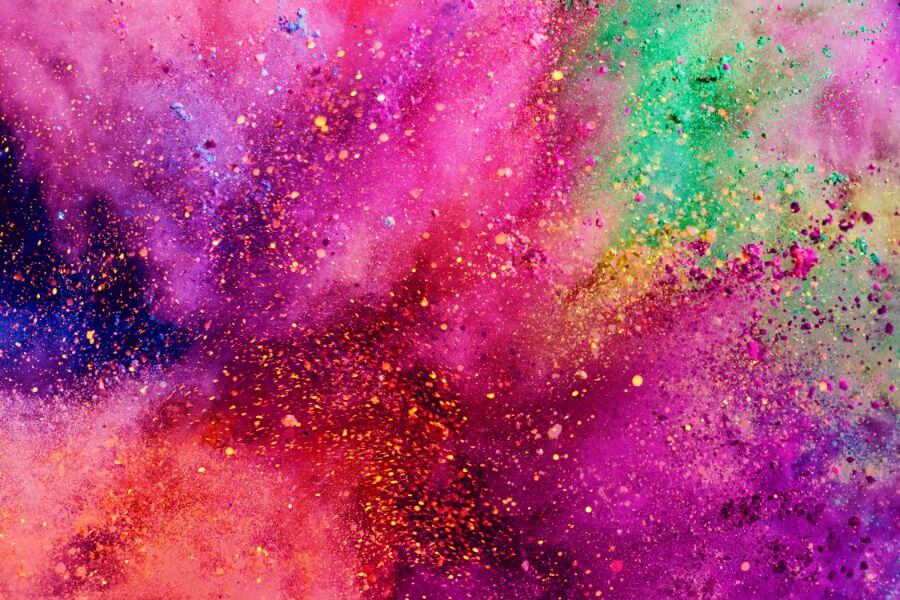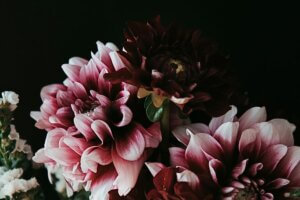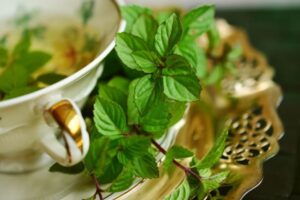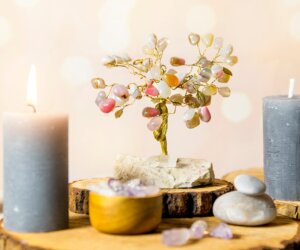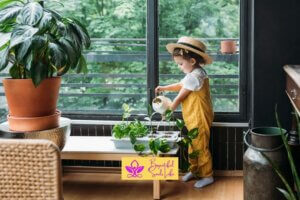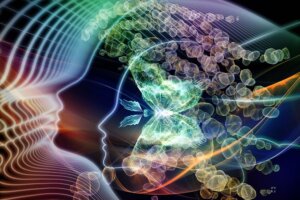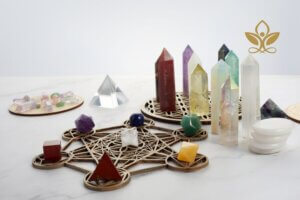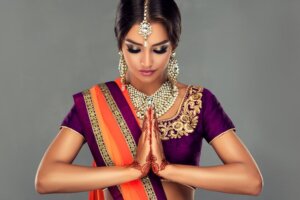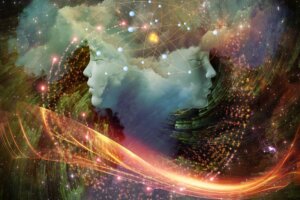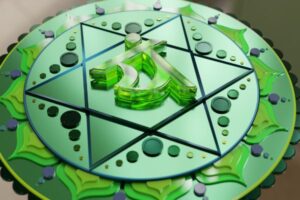The world of colors is truly a fascinating one when we learn incredible facts about the effects they have on our emotions. From the vibrant reds that evoke passion and energy, to the calming blues that bring about a sense of tranquility, each color has its own unique impact on our mood and well-being.
It’s incredible to think about how something as simple as a color can have such a profound effect on our emotions. In this post, we cover the seven colors of the chakras and talk about their psychological effect on our human emotions. Enjoy!
Seven Colors and How They Affect Our Human Emotions
1. Red gives us emotions of passion and love as well as power and anger.
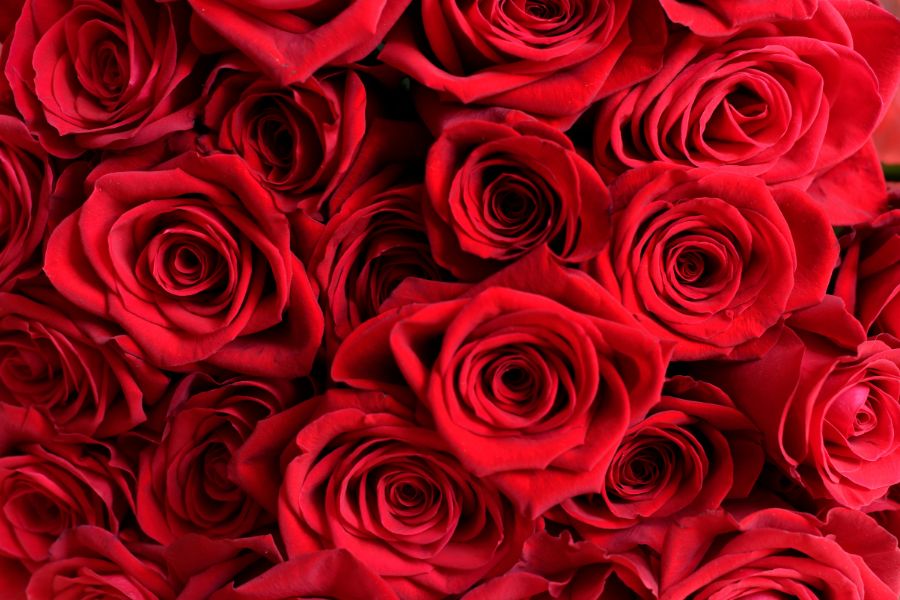
The color red promotes both positive and negative emotions. In color psychology, red results in the strongest of emotions of any color. In fact, red is the warmest and most contradictory of all colors. Moreover, this fiery hue gives us emotions of passion and love as well as power and anger.
Thanks to its long wavelength, red is one of the most visible colors in the color spectrum (second only to yellow). Of course, its ability to instantly grab people’s attention is why it’s often in use to warn people of impending danger.
Studies show that exposure to red causes high blood pressure and increases metabolism, heart rate, and respiration rate. All these physiological changes naturally cause your energy levels to spike. This color also increases your appetite by increasing your metabolism making red the most popular color in restaurants.
Across all cultures, humans get red in the face from increases in blood flow when they’re angry. Hence the phrase, “red in the face”. On the other hand, red also represents the root chakra for grounding and survival.
In sports, during the 2004 Olympics in Athens, competitors in four sports—boxing, Greece-Roman wrestling, freestyle wrestling, and Taekwondo—wore red or blue clothing. Amazingly, in all four competitions, red-clad contestants won more fights. Many think these results are due to the link between red and perceived dominance.
2. Orange is a color for warmth, happiness, and positivity.

Orange is a powerful color that has the ability to evoke a wide range of emotions from humans. When we see this color, it immediately grabs our attention and fills us with excitement and enthusiasm. It’s a color for warmth, happiness, and positivity. Just think about the feeling you get when you see a beautiful sunset with its warm orange hues spreading across the sky. It instantly uplifts your mood and fills you with a sense of awe and wonder.
The color orange stimulates our emotions and increases our enthusiasm and energy levels. It is an invigorating color that boosts our creativity and motivation. When we surround ourselves with orange, whether it is in our environment or through the clothes we wear, it has a positive impact as it makes us feel alive, inspired, and confident. Orange also promotes social interaction, making it a great color to use in social spaces.
The Proven Extraordinary Ways that Colors Affect Our Emotions Share on XFurthermore, orange gives us feelings of warmth and comfort. It creates a sense of coziness and make us feel more at ease. This is why many interior designers use orange tones in spaces such as living rooms to create a welcoming and relaxing atmosphere.
The color orange also has the power to stimulate our appetite and is often used in restaurants or food advertisements to entice customers. Just think about how hungry you feel when you see a juicy orange slice or a bowl of vibrant orange carrots!
In addition to its positive effects on our emotions, orange also some physical benefits. For one, it promotes healthy digestion and increases our energy levels. The color orange also represents the sacral chakra, located in the lower abdomen and is responsible for our emotions, creativity, and sexuality. By suing the color orange, whether it be through visual stimuli or through the foods we eat, we balance and activate this chakra, leading to a greater sense of emotional well-being.
3. Yellow gives us hope and makes us feel spontaneous and happy.
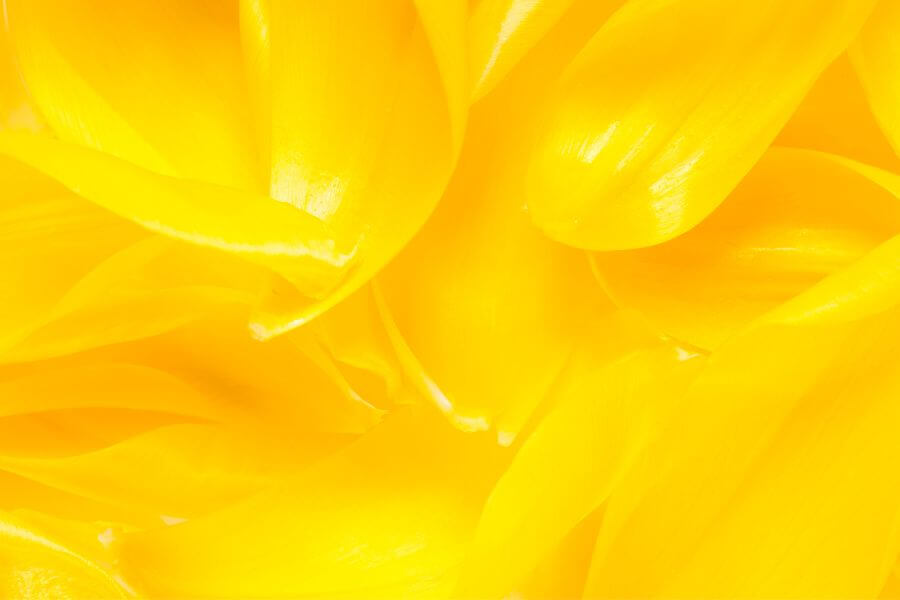
This brilliant color makes a person feel spontaneous and happy. A splash of yellow on anything dull or dark makes a person feel cheerful and optimistic. In fact, yellow-colored items in a room actually activates our thinking processes and generates new ideas. Interestingly, the yellow color releases a chemical in the brain called Serotonin which acts as a mood stabilizer, also known as a happy chemical. Studies prove that the yellow color wakes up your brain and enhances concentration.
Not surprisingly, it also affects our intellect and logic. In fact, yellow has the ability to improve analytical thinking. Of course, it also brings on the emotions of cheerfulness and optimism. Further, it inspires hope and enthusiasm. Yellow fosters positive way of thinking, as well as a thirst for knowledge. It also represents the solar plexus chakra which is responsible for personal power and self-esteem.
Since yellow is the most visible color, it is also the most attention-getting color. Use yellow in a small amount to draw notice, such as on traffic signs or advertisements. Unfortunately, it’s the most fatiguing to the eye due to the high amount of reflective light. Using yellow as a background on paper or computer monitors leads to eyestrain or vision loss in extreme cases.
Yellow can also create feelings of frustration and anger. While it is a cheerful color, it’s still true that people are more likely to lose their tempers in yellow rooms and babies tend to cry more in yellow rooms.
4. Green is for growth, harmony, freshness, and fertility.

Almost everyone thinks about nature and the environment where green is involved. We also think of it in terms of growth, harmony, freshness, and fertility. Moreover, green gives us strong emotional feeling of safety. Many people use dark green to symbolize money along with using this color for it’s great healing power. Interestingly, it’s the most restful color for the human eye; it can improve vision. Further, green suggests stability and endurance.
Again, green is a dominant color in nature so naturally it represents natural and forest environments. In fact, out of all the colors on the color wheel, green is the most restful and relaxing color for the human eye as it symbolizes harmony, tranquility, and peace.
As a soothing, relaxing color, it enhances stability and endurance. Its attributes include growth and renewal as it promotes optimism, hopefulness, and balance. Moreover, green represents the heart chakra which is responsible for love and compassion.
However, green also includes the emotions of envy and jealousy. The phrase “green with envy” refers to a person who is extremely jealous.
5. Blue brings us calmness and tranquility and heals our feelings.
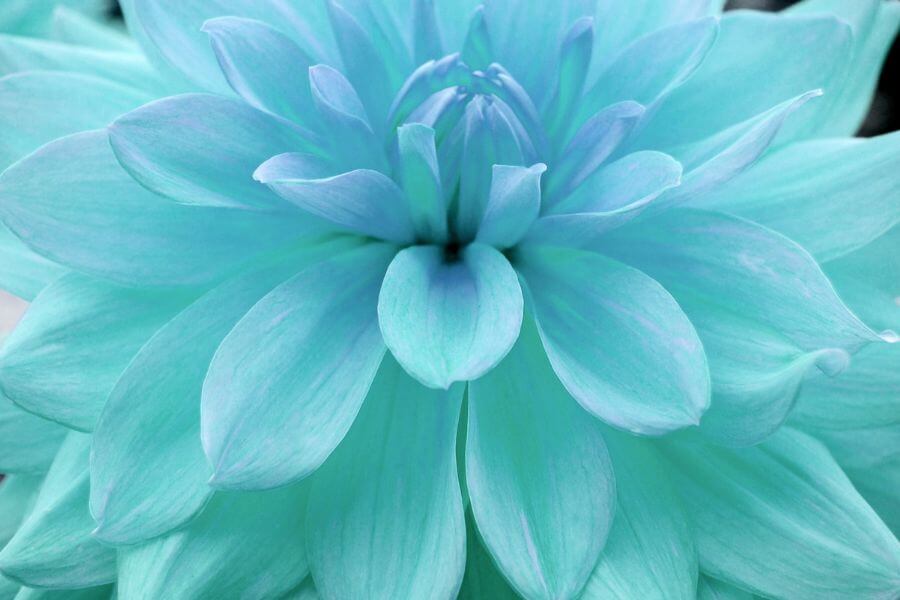
This is a color that symbolizes calmness and tranquility along with compassion and clarity. It both heals and controls our feelings. As a result, we gain emotional stability. However, excessive use of the color blue may precipitate emotional imbalance.
Blue represents the fifth chakra, the throat chakra. This is the throat chakra which is responsible for communication and self-expression. Many believe that wearing blue opens up the throat chakra and improves communication skills. Blue also helps with spiritual grounding and protection. In addition, it helps balance the emotions and promote inner calmness.
6. Purple evokes magical feelings of royalty and wisdom.
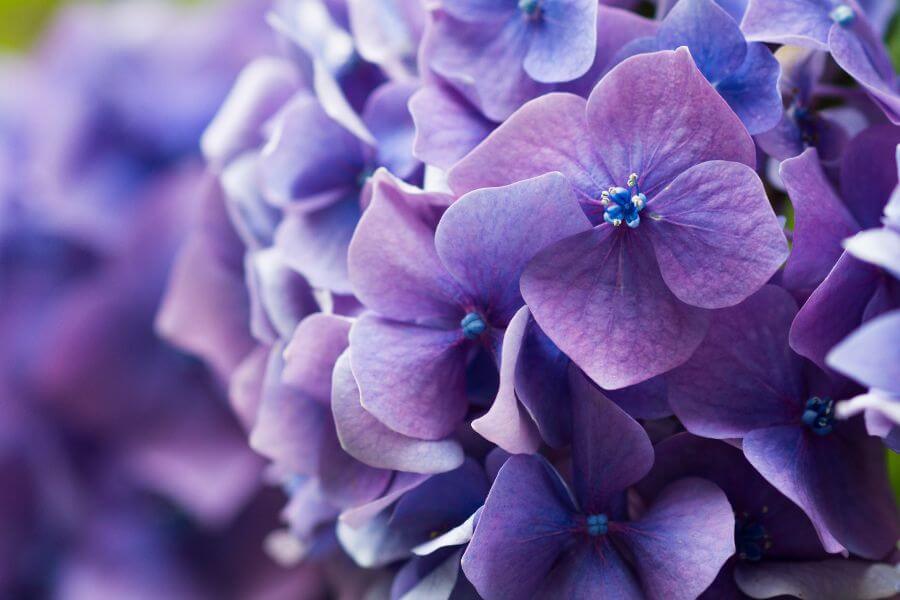
Purple can evoke the attributes of wisdom, creativity, royalty, power, ambition, and luxury. However, to many it also represents magic, extravagance, peace, pride, independence, and wealth. As with other colors, purple is often the subject of color psychology, which suggests that colors have a powerful impact on moods and even behaviors.
Each color has its own effect, but the feeling that each color produces can vary based on experience and culture. The psychological meanings of purple vary depending on individual associations, but comes with a sense of mystery, wisdom, and spirituality.
Purple represents the crown chakra which is responsible for spiritual enlightenment and connection to the divine. Many believe that wearing purple opens up the crown chakra and promotes spiritual growth.
Purple is a complex color that can evoke a wide range of emotions such as imagination, and inspiration. However, sadness and frustration might also be a result of purple. In fact, in some cultures, it represents death and mourning.
7. White is for purity, innocence, and a connection to the divine.
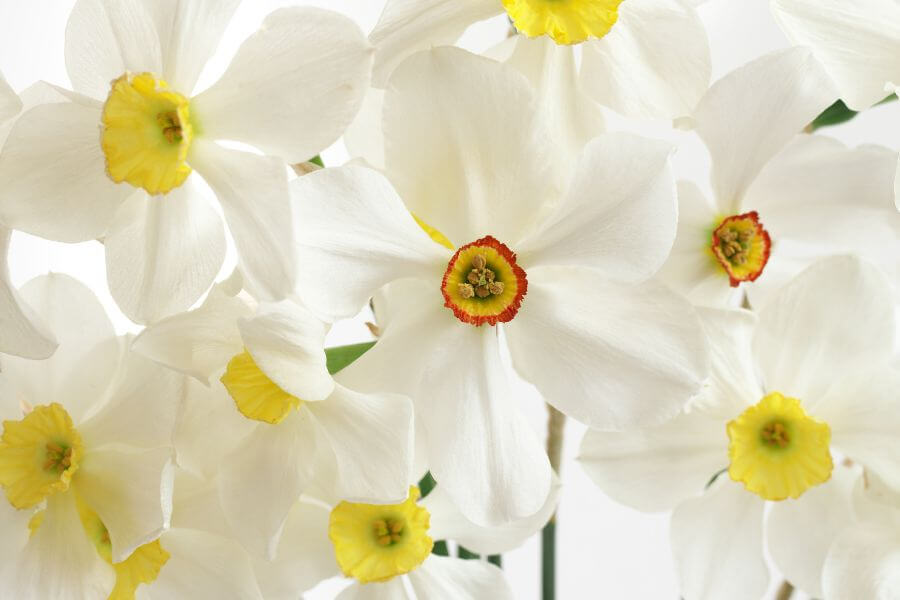
White symbolizes purity, innocence, cleanliness, blankness, coldness, emptiness, simplicity, and minimalism. It also represents peace and hope. In religious and spiritual uses, it represents the divine. However, this color also represents emptiness and coldness.
Interior designers use white to create a sense of space or add highlights. But used poorly leads to a cold, bland, and sterile environment. In fact, rooms painted completely white might seem spacious but empty and unfriendly. Further, hospitals and hospital workers use white to create a sense of sterility. In our not-so-distant past, humans actually through germs couldn’t live on white tiles and enamels. #Fascinating! Hence, the “whiteness” still used in medical settings.
It brings out a sense of purity and innocence, but it can also feel cold and sterile. While it creates a sense of space or add highlights, unfortunately, it also seems empty and unfriendly to many.
Finally, is one of the colors that some use to represent the crown chakra which is responsible for spiritual enlightenment and connection to the divine. Some believe that wearing white opens up the crown chakra and promotes spiritual growth.
The Magical World of Colors
Throughout this post, we explored the various colors and how the bring out different emotions. We learned that yellow brings about feelings of happiness and optimism, while green symbolizes growth and renewal. Orange stimulates creativity and enthusiasm, blue brings us tranquility, while purple represents luxury and spirituality, and white is about purity. Colors truly have the power to influence our emotions in ways we often don’t realize.
Furthermore, we all have our own unique experiences with different colors, which means that our emotional responses may differ. So, what brings joy to one person may indeed evoke sadness in another. Therefore, individuality plays a significant role in how we perceive and interpret colors.
Overall, understanding the effects of colors on human emotions is incredibly beneficial. Whether it’s choosing the right color for a room or using colors strategically in marketing materials, we must not underestimate the power of colors. So, next time you find yourself surrounded by a sea of colors, take a moment to appreciate their impact on your emotions and embrace the colorful world around you.
Conclusion
It is our wish that you find this post enlightening and helpful. If you have any questions or suggestions, we love to hear from you in the comments below. Also, kindly accept our invitation to join our group on Facebook to surround yourself with kindred spirits and post your encouraging messages.

